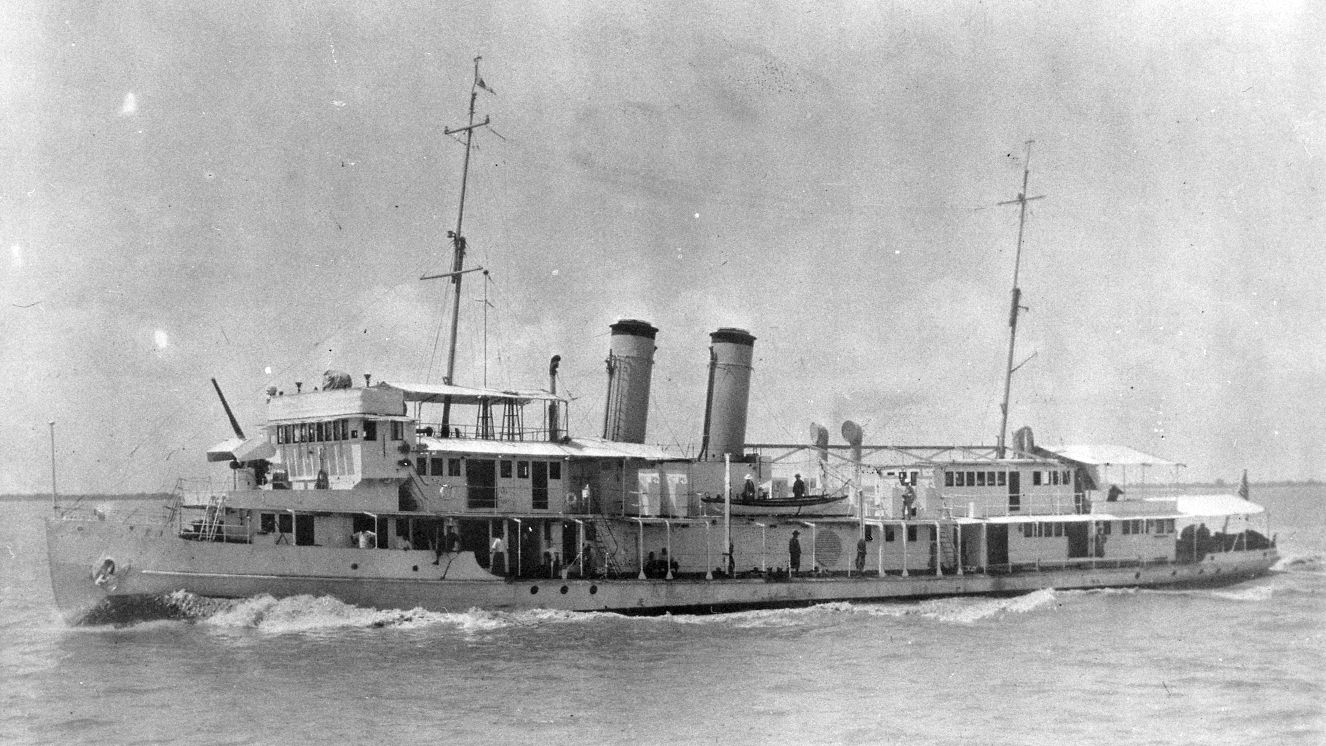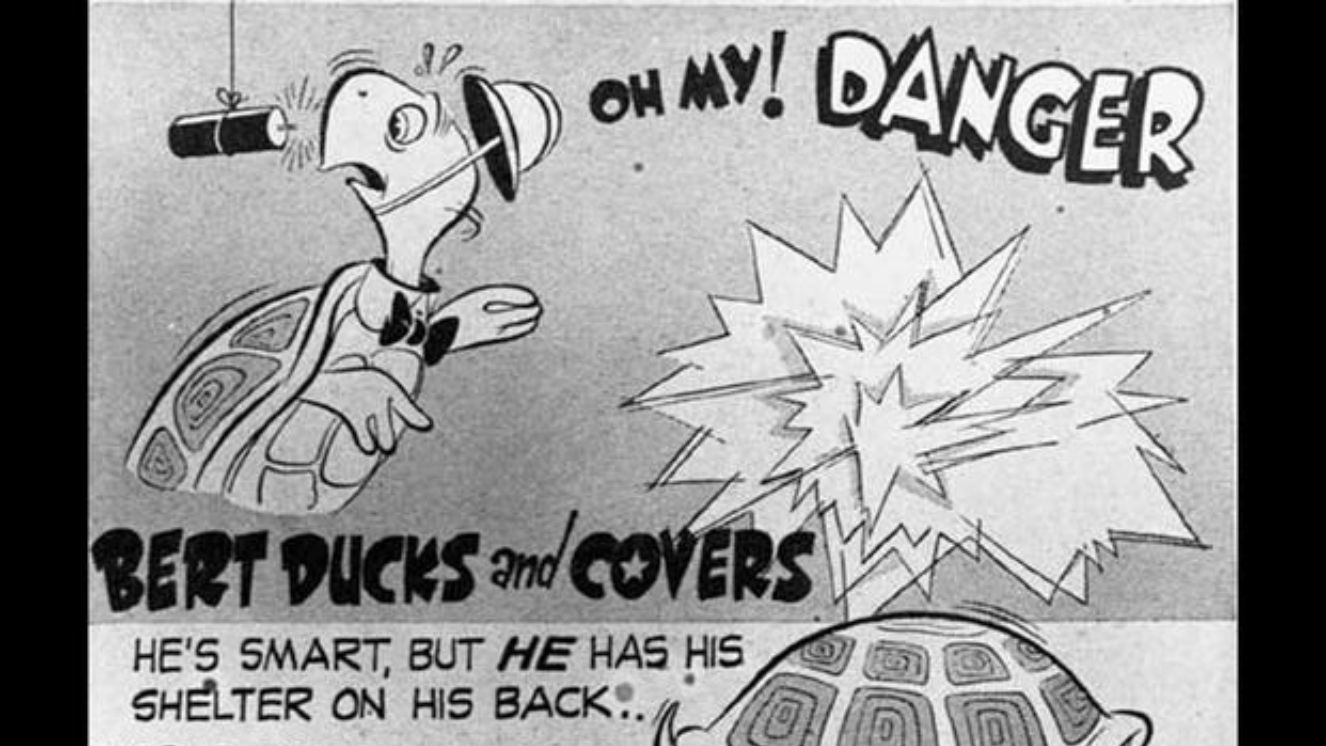MILLENNIUM CHALLENGE 2002: THE MILITARY PAID $250M TO LEARN NOTHING

War game exercises come in many different shapes and forms. They are extremely important to keep the U.S. military on top of its game and ready to defend American interests. But as with anything, there are good and bad examples of this practice. The Millennium Challenge 2002 (MC02) would fall on the bad side. A tremendous amount of money was spent on the project, and in the end, controversy would tarnish its legacy. Read next:Disciplined With Death: The Disturbing History of Military Fragging
The 2002 Millennium Challenge Explained
Following the September 11 terrorist attacks, America was at war and on alert. The U.S. Joint Forces Command (JFCOM) conducted an exercise in order to prepare. The idea of the Millennium Challenge 2002 was to have simulated combat between American Armed Forces (Blue) and an unnamed state (Iran or Iraq) in the Persian Gulf (Red). You don’t even need hindsight to understand why such preparations were necessary, and to bring it all together, the live exercises and computer simulations were focused on the near-future capabilities of both sides. In theory, this was a great chance to test new ideas, future weaponry, and differing tactics. But while things evolved and controversy erupted, the U.S. lost a (fictional) war with Iran. Red was led by General Paul Van Riper, a retired Marine Corps strategist. Thanks to the use of effective old-school tactics and a mistake from Blue, the anonymous Persian Gulf state was able to take advantage. Then things got weird…
Paul Van Riper Finds a Way To Win... America Hates It
One of the keys to the Millennium Challenge 2002 was Blue offering Red terms of surrender. Red was already seeing progress doing things such as using methods to avoid Blue’s surveillance network, launching airplanes without radio, and so on. This, among other factors, would prompt Blue to seek surrender from Red, an opponent they were meant to defeat anyway. Red had 24 hours to respond. Rather than tucking their tails in, Red used small boats to identify Blue’s location. Using several cruise missiles and suicide boats, Red was able to take out several sensors, destroy 16 warships, and “kill” well over 20,000 service members. One of the main contributors to all of this was Red’s ability to overcome Blue by avoiding detection. It also showcased the danger and lapse of readiness for suicide boats on the open seas. While there are some who believed that the scenario was poorly designed and that the tactic wouldn’t necessarily be deployed on the battlefield, in war, you must prepare for anything. The successful use of tactics by Red during MC02 would cause a pause in operation. On top of this, there were reports that certain tactics were banned after it resumed, causing Van Riper to abandon his tactics and other conventional means, such as shooting down enemy aircraft. Other incredible feats were accomplished to aid Blue’s success during the Millennium Challenge 2002 war games, including:
- Blue’s ships were restored, and they were allowed to use tactics to counter previously successful attacks from Red.
- The revelation of Red’s troops’ locations and forcing them to be positioned in the open.
- Red could not fire against V-22 Ospreys, an aircraft expected to be in use in five years that Van Riper knew how to identify.
- The use of chemical weapons, weapons Red had on its side, was not allowed.
Furious at the lack of integrity from these decisions, Van Riper stepped down after six days and served in an advisory role for the remainder of the training. In the end, General Van Riper would go on to make complaints about the way the war games were handled and believed that the U.S. side was scripted to win no matter what, which wouldn't be the case in a real war. The MC02 had evolved to spend $250 million and use 13,500 service members in 17 locations as well as nine training locations. Touted as an opportunity to look at the future of warfare and technologies, it became a breeding ground for controversy as well as a colossal money pit.
Millennium Challenge 2002 Problems Linger
Wasted time, money, and resources aside, one of the greatest misfires of the MC02 was the fact that we didn’t really learn anything. Now, technology is catching up, and threats are arising. This is apparent with the official use of unmanned surface vehicles (USVs), which are basically drone boats that can be used as suicide bombers. Hopefully, the powers that be are capable of figuring out any preliminary issues before they become real ones for our Sailors. Otherwise, the Millennium Challenge 2002 and the real story of a corrupted military exercise and its legacy become an even greater misstep than they already are. Suggested read:Discover Camp Century, a Real Life Hoth Military Base From the Cold War
BY BUDDY BLOUIN
Buddy Blouin is a Contributing Writer at VeteranLife.com
Buddy Blouin is a Contributing Writer at VeteranLife.com



